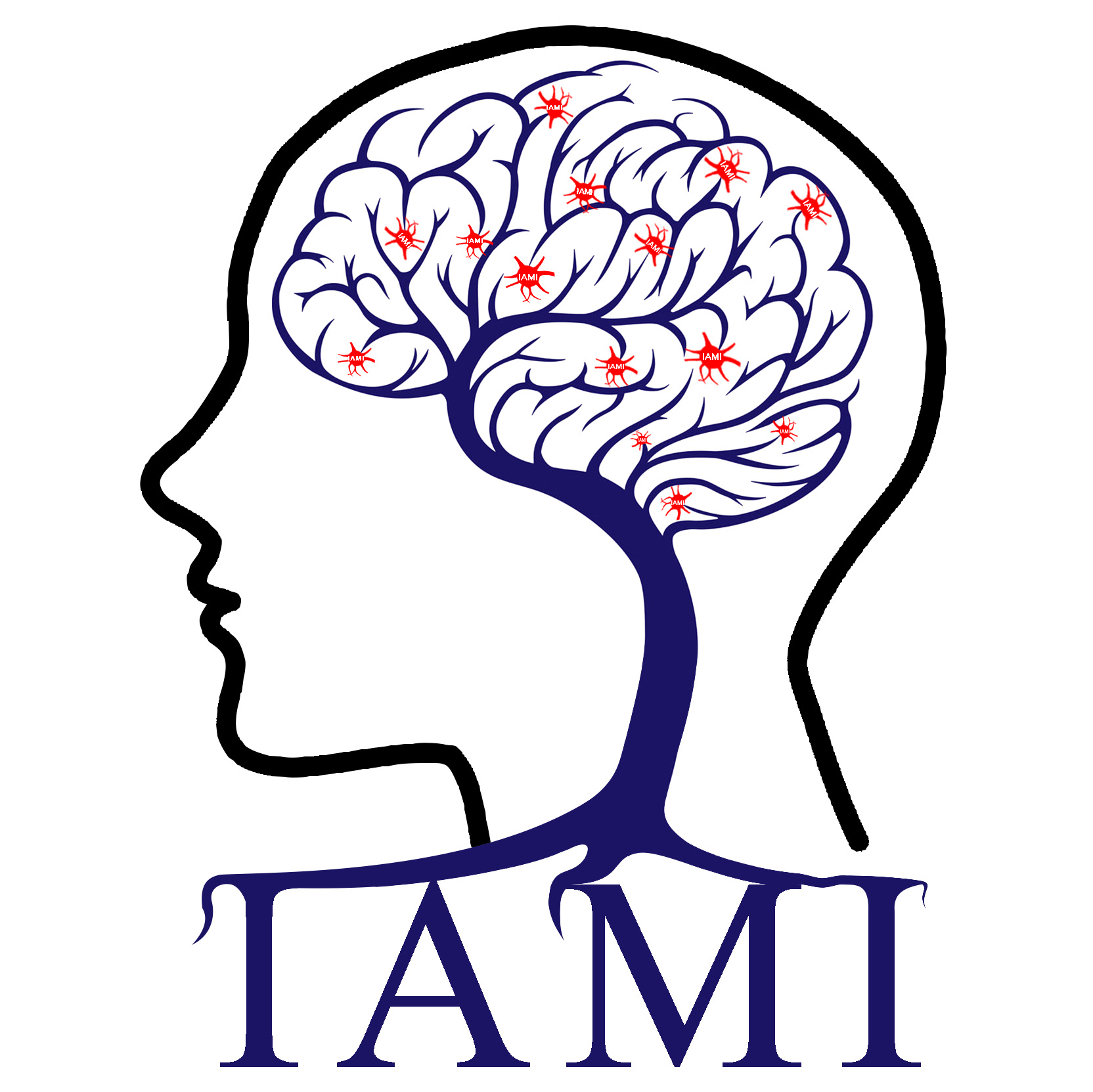
Yuhui Du Personal Website-Intelligent Analysis of Medical Image
Address:Taiyuan, China
Ang Li, Andrew Zalesky, Weihua Yue, Oliver Howes, Hao Yan, Yong Liu, Lingzhong Fan, Kirstie J Whitaker, Kaibin Xu, Guangxiang Rao, Jin Li, Shu Liu, Meng Wang, Yuqing Sun, Ming Song, Peng Li, Jun Chen, Yunchun Chen, Huaning Wang, Wenming Liu, Zhigang Li, Yongfeng Yang, Hua Guo, Ping Wan, Luxian Lv, Lin Lu, Jun Yan, Yuqing Song, Huiling Wang, Hongxing Zhang, Huawang Wu, Yuping Ning, Yuhui Du, Yuqi Cheng, Jian Xu, Xiufeng Xu, Dai Zhang, Xiaoqun Wang, Tianzi Jiang*,Bing Liu*. A neuroimaging biomarker for striatal dysfunction in schizophrenia. Nature Medicine, 2020, 26(4): 558-565.
时间:2020-06-19 13:57:29 来源: 点击:[801]
Abstract
Mounting evidence suggests that function and connectivity of the striatum is disrupted in schizophrenia1,2,3,4,5. We have developed a new hypothesis-driven neuroimaging biomarker for schizophrenia identification, prognosis and subtyping based on functional striatal abnormalities (FSA). FSA scores provide a personalized index of striatal dysfunction, ranging from normal to highly pathological. Using inter-site cross-validation on functional magnetic resonance images acquired from seven independent scanners (n = 1,100), FSA distinguished individuals with schizophrenia from healthy controls with an accuracy exceeding 80% (sensitivity, 79.3%; specificity, 81.5%). In two longitudinal cohorts, inter-individual variation in baseline FSA scores was significantly associated with antipsychotic treatment response. FSA revealed a spectrum of severity in striatal dysfunction across neuropsychiatric disorders, where dysfunction was most severe in schizophrenia, milder in bipolar disorder, and indistinguishable from healthy individuals in depression, obsessive-compulsive disorder and attention-deficit hyperactivity disorder. Loci of striatal hyperactivity recapitulated the spatial distribution of dopaminergic function and the expression profiles of polygenic risk for schizophrenia. In conclusion, we have developed a new biomarker to index striatal dysfunction and established its utility in predicting antipsychotic treatment response, clinical stratification and elucidating striatal dysfunction in neuropsychiatric disorders.

 Current location:
Current location: